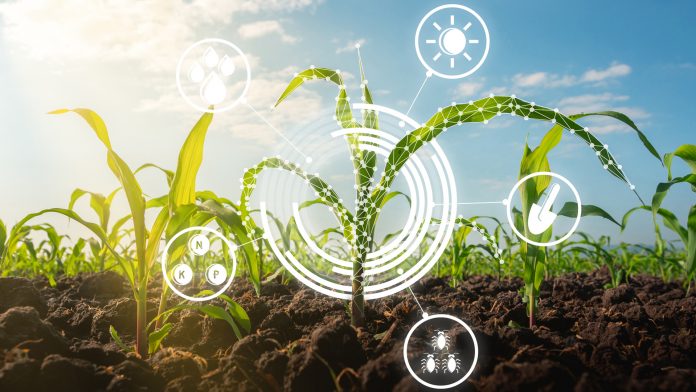A team from UMT CAPTE invented an agricultural image acquisition strategy in order to create a geometrically corrected aerial photograph of entire fields and plant heights.
The technology
The agricultural industry is rapidly developing technologies involving unmanned aerial vehicles (UAVs) and image processing techniques, which are quickly becoming essential tools for efficient precision agriculture and assessment of observable plant traits (known as plant phenotyping).
Using aerial images obtained from UAV-mounted multispectral cameras, experts can quickly obtain useful agricultural information such as plant height, chlorophyll and nitrogen content, and the presence and extent of plant diseases.
Issues arise
However, despite the potential of UAV-enabled applications, there are some constrictions that limit both their efficiency and accuracy. They are devices that rely on small batteries as their energy source, and UAVs have a rather low autonomy, which means that the time spent recharging or battery swapping can severely hinder their data for sufficiently large agricultural fields. Currently, this problem can only be addressed at the expense of either spatial resolution or the quality of the 3D reconstruction of the target surface.
Agricultural improvements
To overcome the battery depletion, UMT CAPTE team from INRAE and HIPHEN, France, came up with a new image acquisition strategy. Their approach to agricultural technology consists of using a minimum of two cameras with different focal lengths mounted on the same UAV. Using adequate image processing algorithms, the researchers managed to align and adjust images from different spectral bands, including those captured using different focal lengths and at slightly different angles. This allowed them to generate a 3D dense point cloud of the soil and crops, which they then used to create an aerial photograph geometrically corrected for uniform scale (or an orthoimage), of the entire field and extract plant heights.
There are several advantages of the agricultural field using this double swath configuration with two different focal lengths. The number of images required to cover the entire target area for a given minimum spatial resolution and predetermined overlap is essentially halved. Thus, not only flight time but also processing time is reduced by a factor of at least two. Also, the experimental results showed that the double swath approach was better at “georeferencing,” or mapping the internal coordinates of an aerial photo with the corresponding coordinates in physical space. This study also yielded valuable insight into agricultural technology, and how multispectral cameras can be efficiently leveraged for plant height calculations as well as the importance of the quality of point clouds for this purpose.
“We found the best improvement in georeferencing to be for the Z dimension; about 6 cm,” said Dr Li. “This was mainly due to the availability of larger view angles.”
This approach was successfully applied using a commercially available multispectral camera (or an Airphen), in several research and industrial projects for phenotyping and precision agriculture. With these developments, Dr Li and her team colleagues in INRAE and HIPHEN are hopeful for the future of UAVs in agricultural precision and the role that their strategy could play.
“Improving flight efficiency while preserving good accuracy is a critical question in both research and industrial fields. Our proposed double swath configuration offers potential guidelines for future camera and flight path design, as well as the simplification of data processing.” Said Dr Li.





